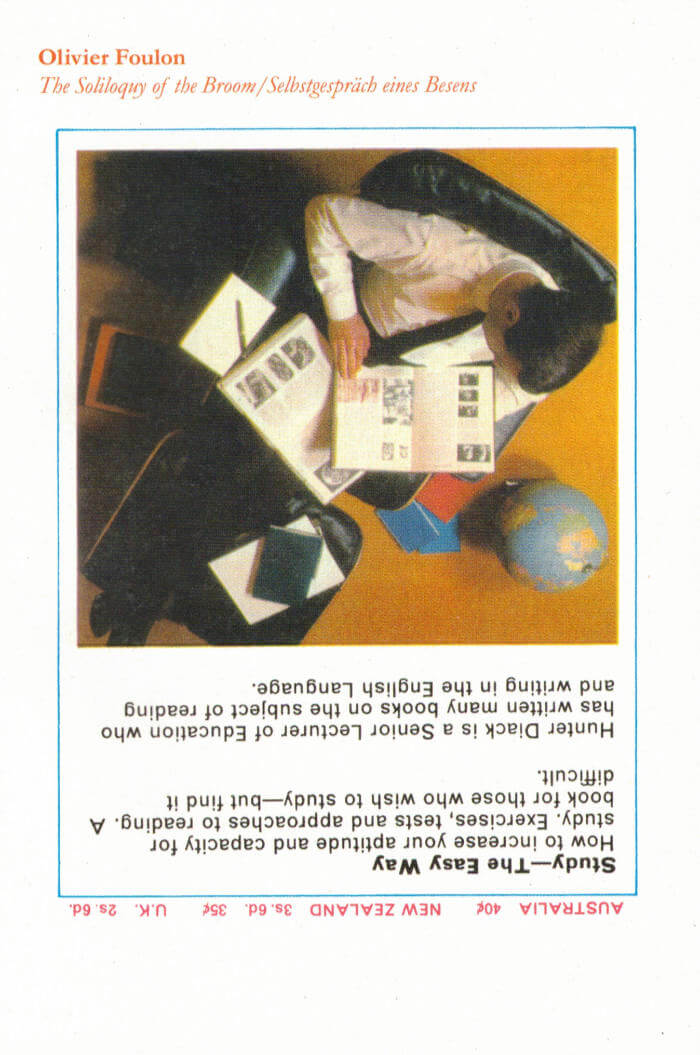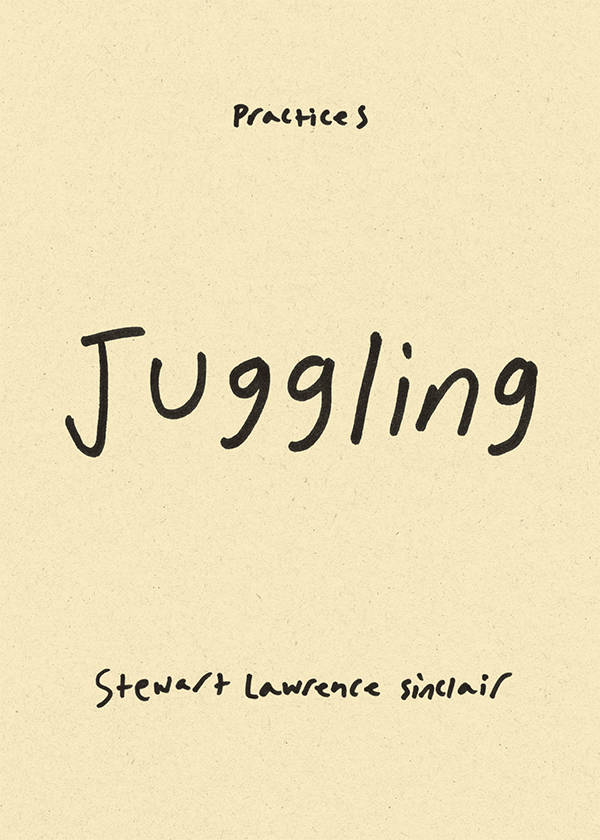
The Soliloquy of the Broom
'The Soliloquy of the Broom' is a transcript of a conversation between Olivier Foulon and Michael Krebber on their mutual interest in Gustave Courbet, taking place in Cologne on December 8, 2008. The publication follows from the work Foulon made as part of If I Can’t Dance’s Edition III – Masquerade (2008–10), which focused on the concept of masquerade in relation to painting. In a 16mm film Foulon brought together four paintings of Courbet that are each different versions of the portrait Jo, the Beautiful Irish Girl (1865–66). His film visualizes not only early forms of mass production in art, but also reflects on the concept of a model that is used as a template for a painting that itself then becomes the model for another.
The project Masquerade took place at Overgaden, Copenhagen; De Appel Arts Centre, Amsterdam; Sala Rekalde, Bilbao; Project Arts Centre, Dublin and Van Abbemuseum, Eindhoven, 2008–2010. The cover of the book is a facsimile of the invitation card of the exhibition The Soliloquy of the Broom / Selbstgespräch eines Besens at the Kölnischer Kunstverein in Cologne, August 22 – September 28, 2008. La vague was written for the exhibition Par delà le B. et le M. aussi at the Musée Wellington in Waterloo, September 13 – November 30, 2008. Produced by If I Can’t Dance, I Don’t Want To Be Part Of Your Revolution, Amsterdam
Edition of 500 copies







